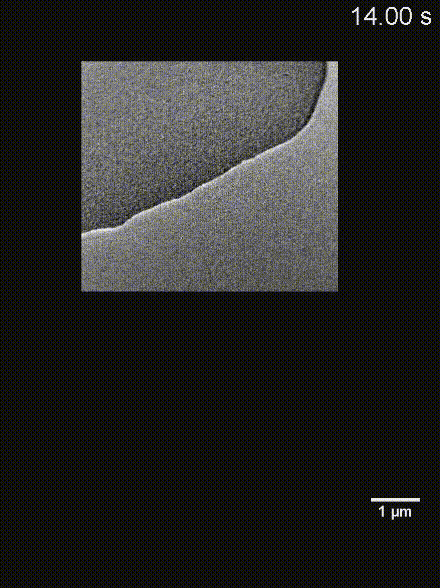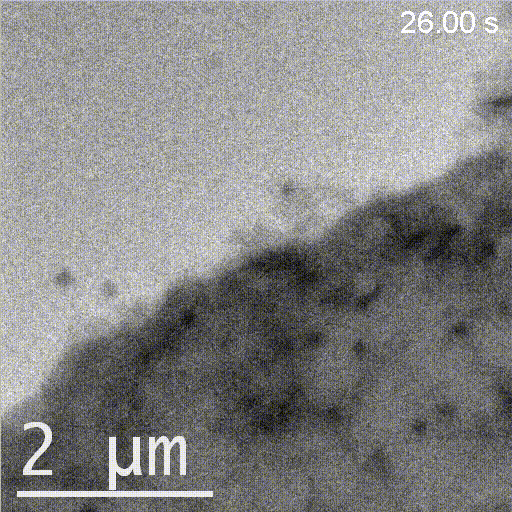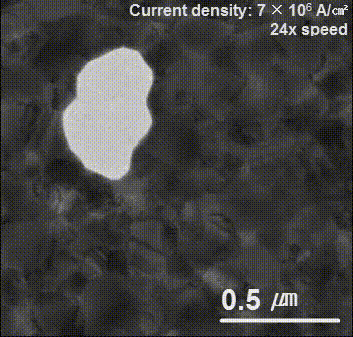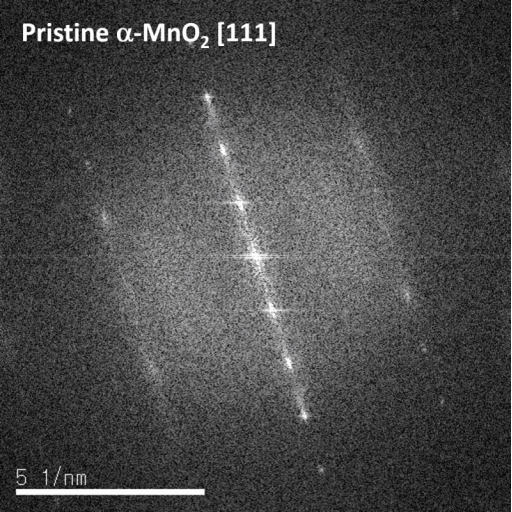RESEARCH AREA
Reaction Mechanism Studies of Energy/Electronic Materials

We seek to reveal unknown reaction mechanisms of emerging energy/electronic materials at nano to atomic scales with the state-of-the-art in-situ/operando transmission electron microscopy (TEM) and other nanotechnologies. Currently, our primary target is energy materials for batteries, and research on semiconductor materials for memory devices is also in progress.
-
Atomic/nano-structural analysis
[SEM image of Li-ion battery cathode material]
[Orientation mapping at nanoscale]
[Atomic resolution STEM image]

S. –Y. Lee et al., Advanced Materials 29, 43, 1703186 (2017) (Link)
S. –Y. Lee et al., Advanced Science 6, 1800843 (2019) (Link)
Transmission electron microscopy (TEM) is one of the most powerful multifunctional techniques for the physicochemical/structural analysis of materials. TEM allows us to explore the nano and atomic worlds, taking advantage of the extremely small wavelength of the high-energy electron beam.
-
In-situ/operando electron microscopy
under the variable current-voltage stimulus, temperature, mechanical force, etc.

[Operando TEM liquid cell design
for lithium metal battery studies]



[Chemical mapping of SEI on Li,
deposited in the operando TEM experiment]
[Operando liquid-phase TEM experiments for lithium metal battery studies:
(left) Li dendritic and (right) Li nanogranular growth behaviors]
S. –Y. Lee et al., Energy & Environ. Sci. 13, 1832 (2020) (Link)

[In-situ I-V TEM: Cu electromigration path]

[Cu crystal orientation map]
Y. –H. Oh, S. –Y. Lee* et al., Ultramicroscopy 181, 160 (2017) (Link)

[In-situ I-V TEM: Li-ion insertion reaction of MnO2 nanowire electrode for Li-ion batteries]

[In-situ I-V TEM: HRTEM-FFT video]

[In-situ I-V TEM: EELS]
S. –Y. Lee et al., Advanced Materials 29, 43, 1703186 (2017) (Link)
In particular, real-time TEM studies, called in-situ TEM, enable direct observations of materials' reaction dynamics with great temporal resolution (like movies rather than images!) under the corresponding external stimulus (e.g. current, voltage, heat, mechanical force, etc). Moreover, we can even create a liquid environment in the high-vacuum TEM column, to investigate the reaction behaviors under their actual working environment in devices, which is called operando studies. With the state-of-the-art in-situ/operando TEM techniques, we investigate materials' behavior changes under various environment, e.g. current-voltage stimulus, temperature, mechanical force, for lithium-ion batteries, all-solid-state batteries, memory devices, etc.
We aim at leading the in-situ/operando TEM technology and exploring unknown atomic/nano-world, to contribute to knowledge expansion and industrial development.
-
Additional analytical techniques
In addition to electron microscopy analysis, our researches involve comprehensive investigations of reaction mechanisms using various nano-characterization techniques, such as X-ray photoelectron spectroscopy (XPS), X-ray diffraction (XRD), electrical/electrochemical measurements, etc.